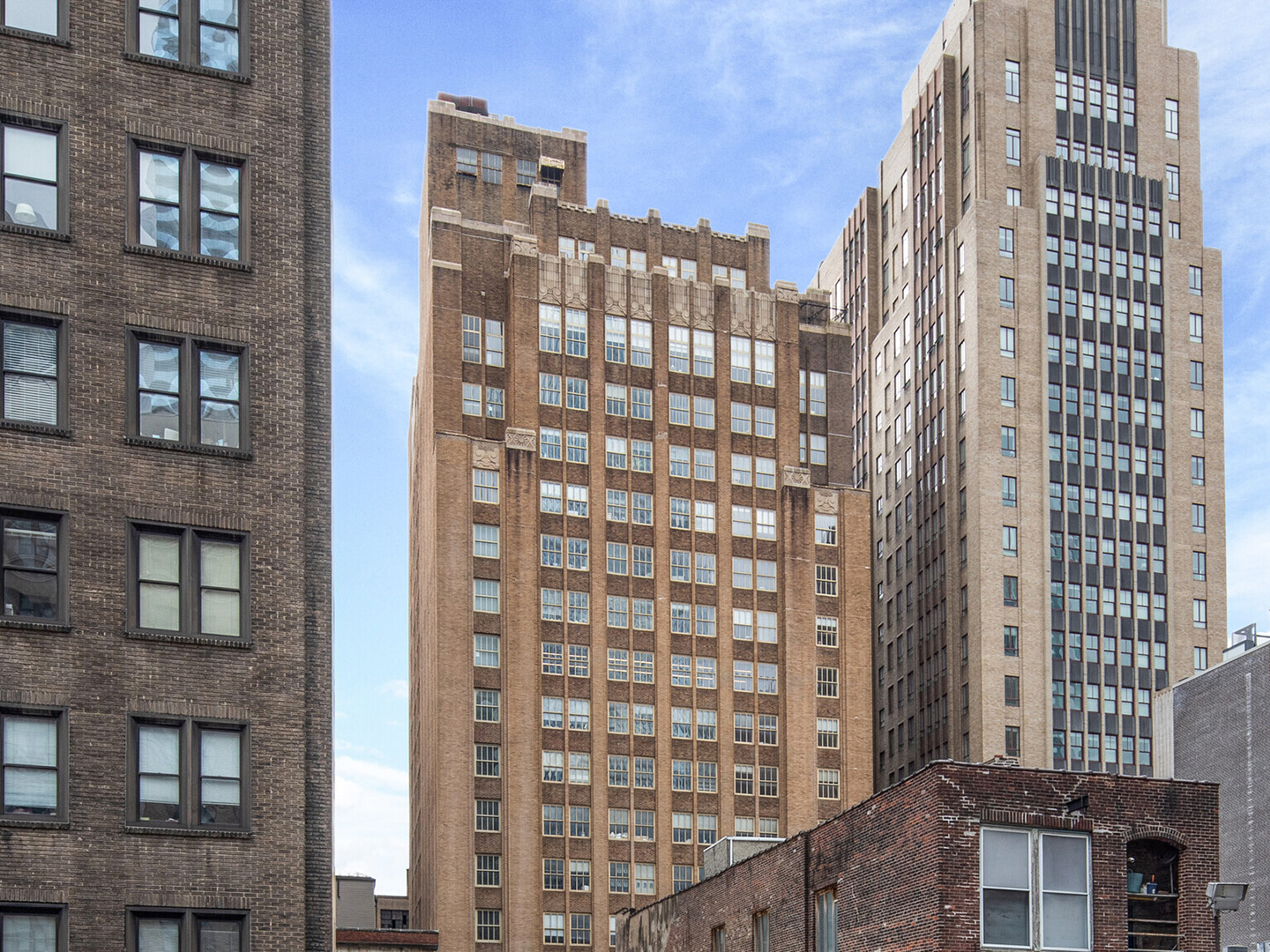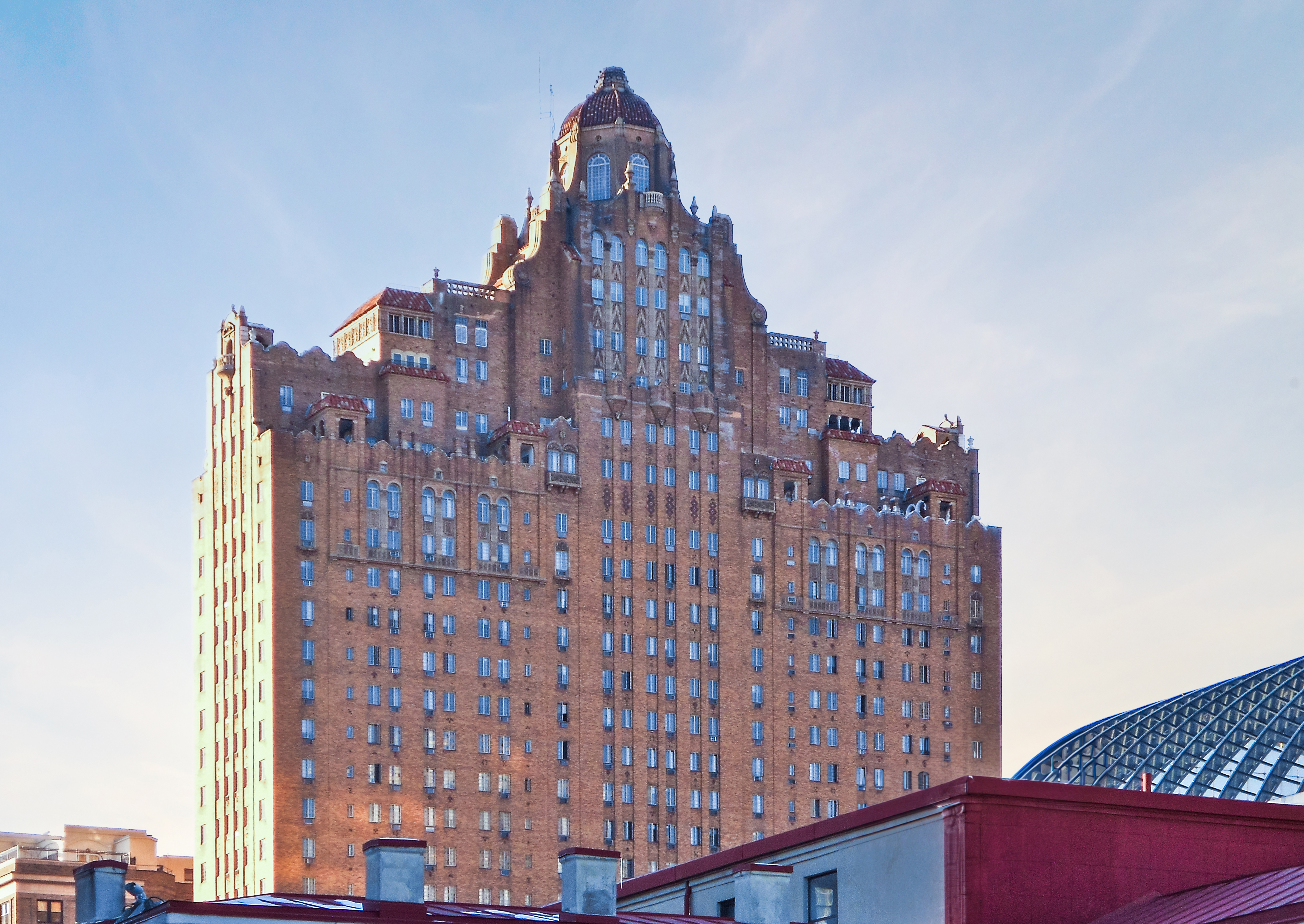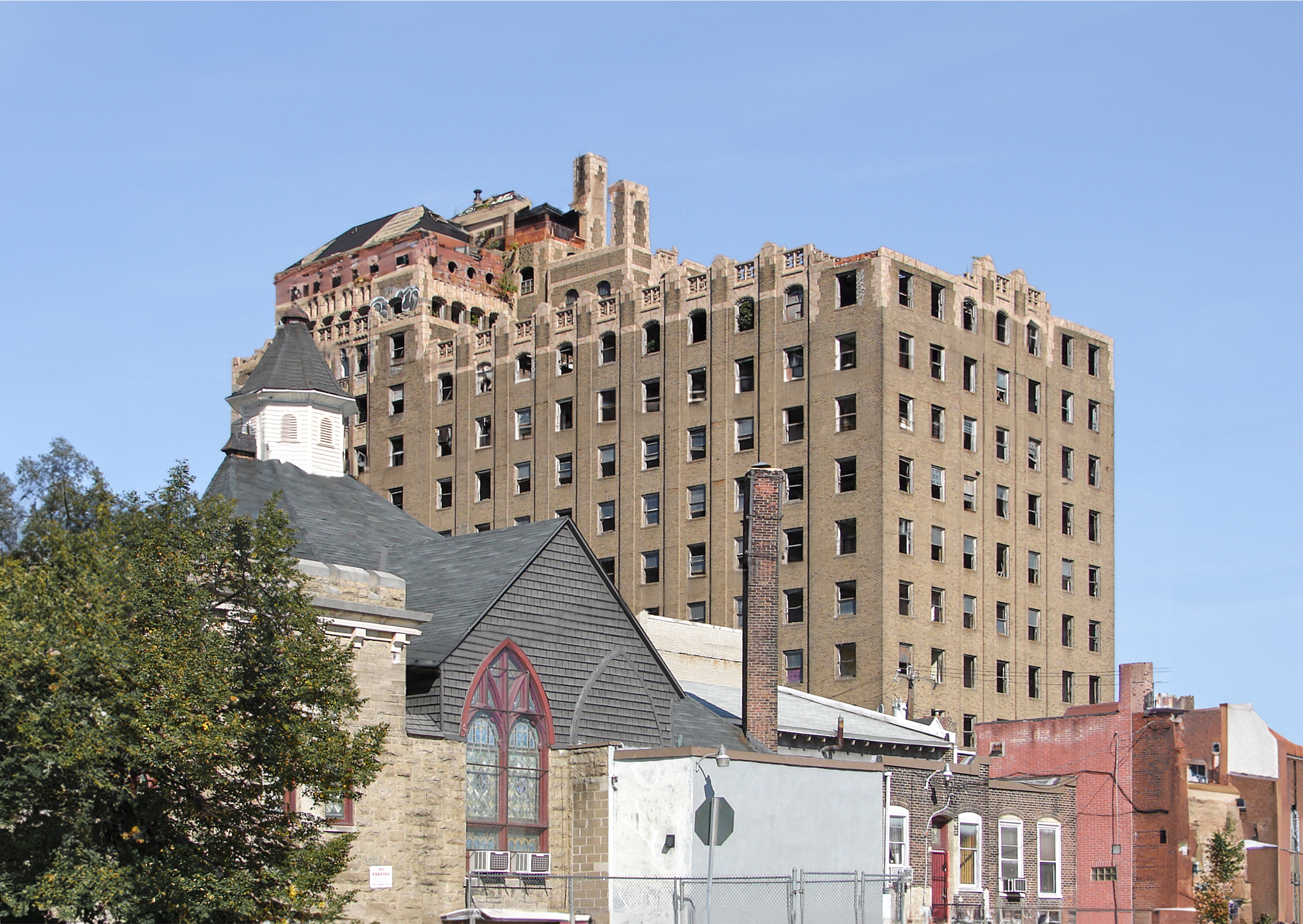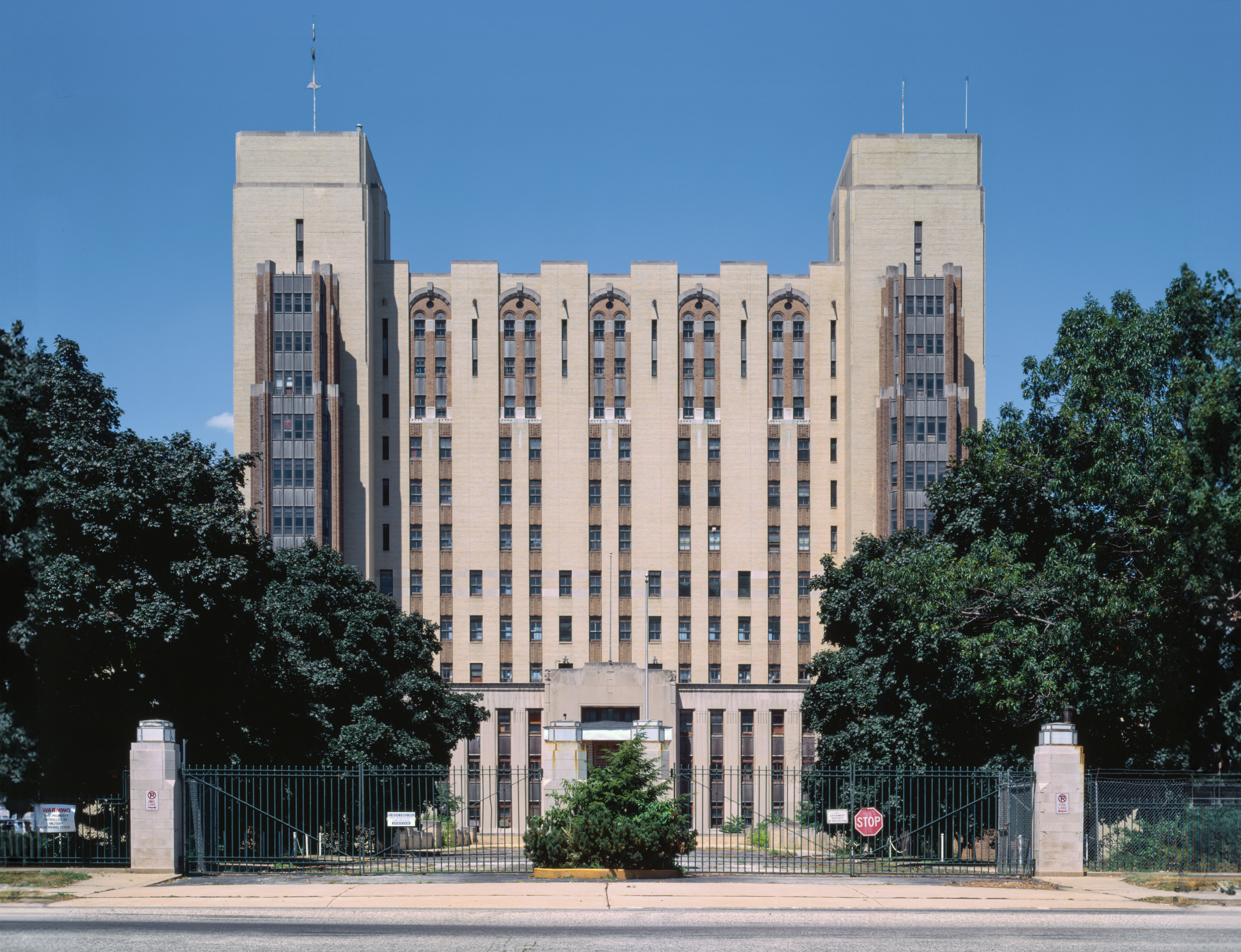The Sun Oil Building is an Art-deco skyscraper designed by Tilden, Register & Pepper and built between 1928 and 1929 in Philadelphia, PA.
Its precise street address is 1608-1610 Walnut Street, Philadelphia, PA. You can also find it on the map here.
The Sun Oil Building is a structure of significant importance both for the city of Philadelphia and the United States as a nation. The building embodies the distinctive characteristic features of the time in which it was built and the Art Deco style. Because of that, the Sun Oil Building was officially included in the National Register of Historic Places on August 25th 1983, and was also included in the Philadelphia Register of Historic Places on February 2nd 1984.





